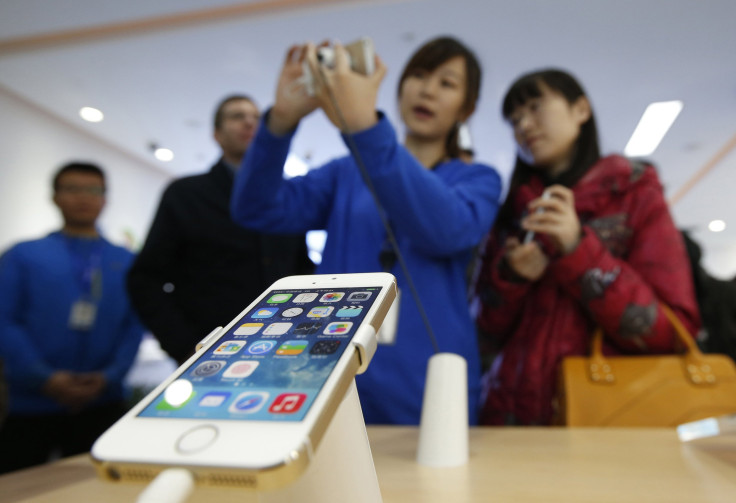A Faster iPhone 6 May Not Be Apple’s Main Focus In 2014

Apple Inc. (NASDAQ:AAPL) fans should expect a faster iPhone 6 this fall, but with the possibility of a larger screen and a more powerful battery, speed may not even be the its best feature.
With reports that Apple may equip future iPhones with larger displays came a plethora of rumors that the Cupertino, California, manufacturer may also include new powerful internal specifications to ensure optimal performance. Previously, reports suggested that Apple might include larger batteries in its 2014 smartphones. Recent reports out of China now suggest that the A8 chipset included in iPhones expected to hit the market in September may be considerably faster than the previous A7 chipset seen in the iPhone 5s and iPhone 5c.
Smartphone manufacturers always strive to make each new generation of their devices faster and more efficient. The upcoming iPhone 6 and rumored “iPhone Air” likely won’t be much different. In particular rumors suggest that the A8 chip, which would be included in both devices, might be a dual-core processor running at about 2 GHz, though this rumor is not confirmed by Apple.
Canalys mobile analyst Daniel Mattie told International Business Times he doesn’t expect the A8 chip to be very different from Apple’s previous chip by way of design, but does suggest that consumers can expect Apple to address speed improvements on its 2014 smartphones.
“Every year Apple has provided a pretty major jump in development,” he said, noting that Apple increases hardware speed for its devices only when it is deemed necessary. Apple has already announced its latest mobile software, iOS 8, which is optimized for speed efficiency. The system is expected to run on devices in the fall, including upcoming iPhones.
According to Mattie, when smartphone manufacturers require major jumps in processor speed, it is largely due to them using the same chipset manufacturers to make processors for devices intended to be rivals. A major criticism of the smartphone industry is that many devices are nearly identical when it comes to internal specifications. In particular, chipset manufacturers including Qualcomm Inc. (NASDAQ: QCOM) and Intel Corp. (NASDAQ: INTC) are among the most popular with original equipment manufacturers.
But Apple develops all of its own hardware and software; this keeps the electronics giant out of the developmental rat race, of which other manufacturers are a part. Apple can develop at its own pace, independent of what the rest of the industry is doing.
Previous reports have indicated that battery life may be one of Apple’s main focuses on the upcoming iPhone(s), especially if they have much larger displays than previous models. Future iPhones may include much more powerful batteries than they have in the past.
“Major drain comes with larger screen size,” Canalys senior analyst Tim Coulling told International Business Times last week. “Increasing the battery is a must if Apple is to preserve the battery life of its products with a larger screen.”
© Copyright IBTimes 2024. All rights reserved.












